All of Statistics: A Concise Course in Statistical Inference (Springer Texts in Statistics)
Original price was: $47,99.$19,99Current price is: $19,99.
- 100% Satisfaction Guaranteed!
- Immediate Digital Delivery
- Download Risk-Free
✔ Digital file type(s): 1𝐏𝐃𝐅
Taken literally, the title “All of Statistics” is an exaggeration. But in spirit, the title is apt, as the book does cover a much broader range of topics than a typical introductory book on mathematical statistics. This book is for people who want to learn probability and statistics quickly. It is suitable for graduate or advanced undergraduate students in computer science, mathematics, statistics, and related disciplines. The book includes modern topics like nonparametric curve estimation, bootstrapping, and clas sification, topics that are usually relegated to follow-up courses. The reader is presumed to know calculus and a little linear algebra. No previous knowledge of probability and statistics is required. Statistics, data mining, and machine learning are all concerned with collecting and analyzing data. For some time, statistics research was con ducted in statistics departments while data mining and machine learning re search was conducted in computer science departments. Statisticians thought that computer scientists were reinventing the wheel. Computer scientists thought that statistical theory didn’t apply to their problems. Things are changing. Statisticians now recognize that computer scientists are making novel contributions while computer scientists now recognize the generality of statistical theory and methodology. Clever data mining algo rithms are more scalable than statisticians ever thought possible. Formal sta tistical theory is more pervasive than computer scientists had realized.
53 reviews for All of Statistics: A Concise Course in Statistical Inference (Springer Texts in Statistics)
You must be logged in to post a review.

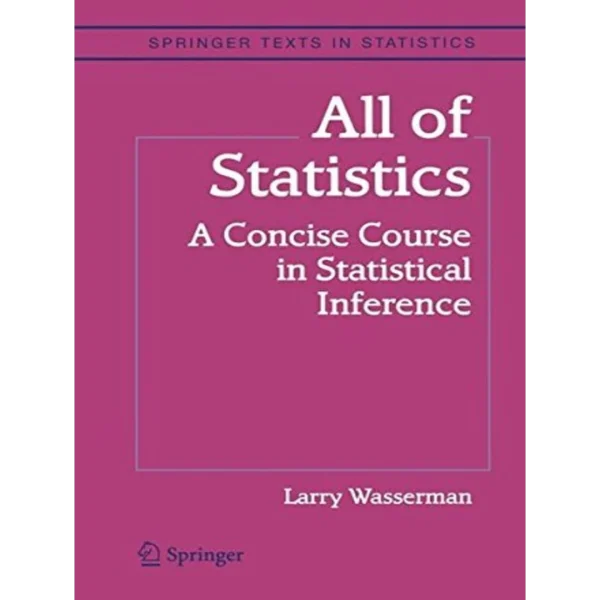

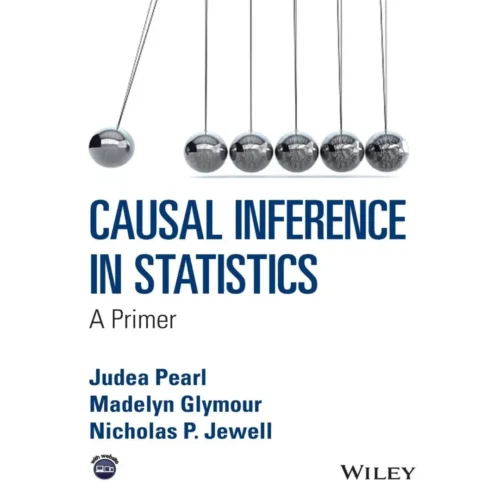
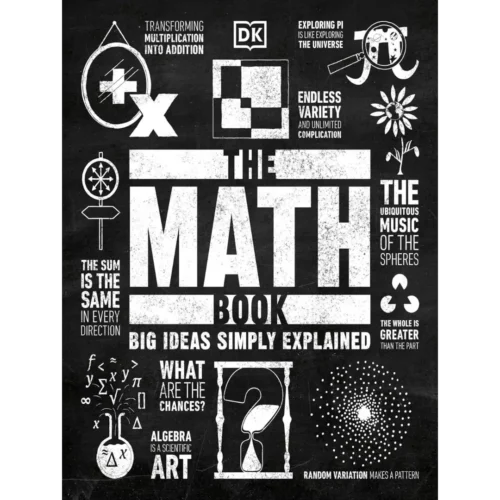
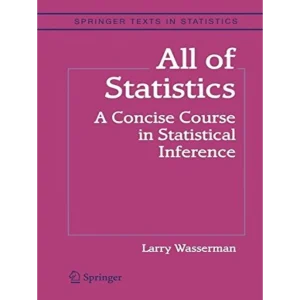
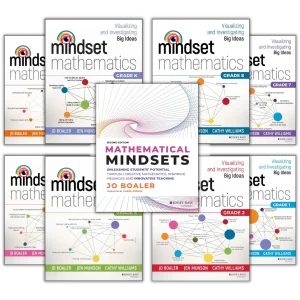

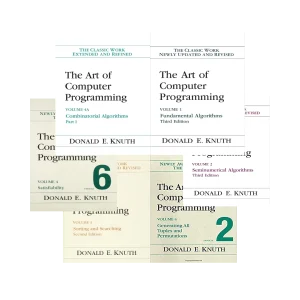
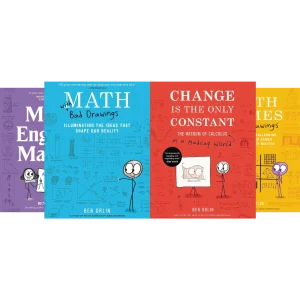
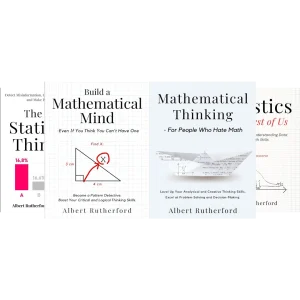



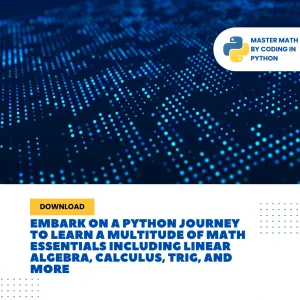

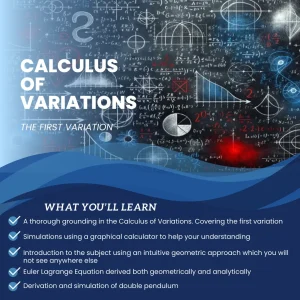
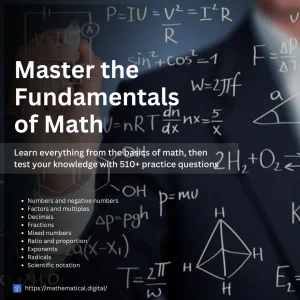




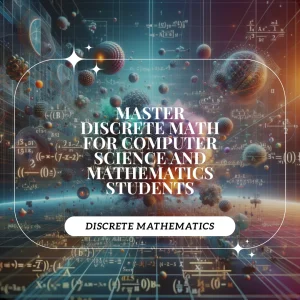
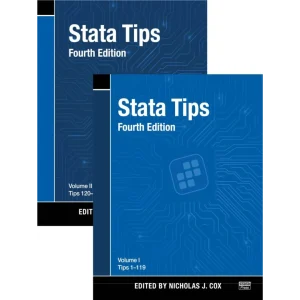
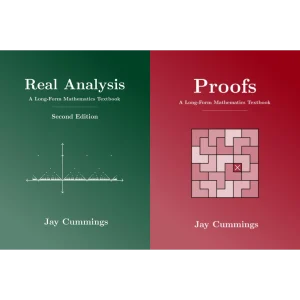
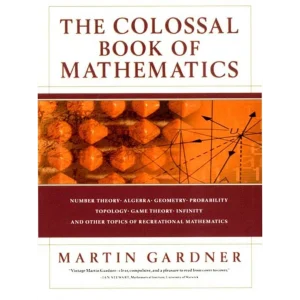
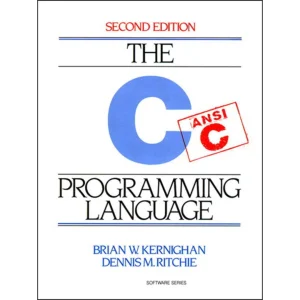
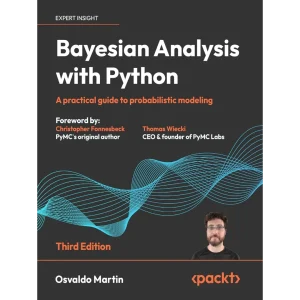
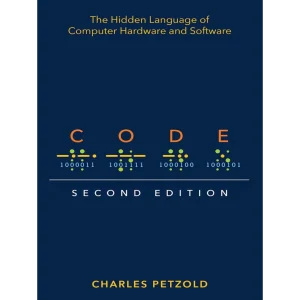

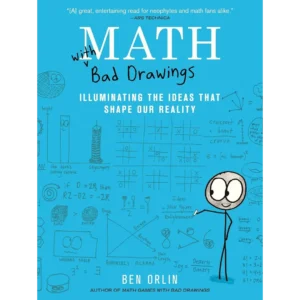
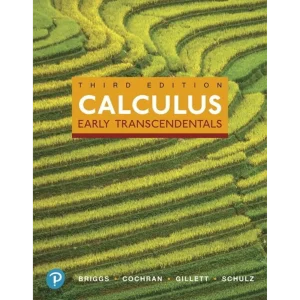
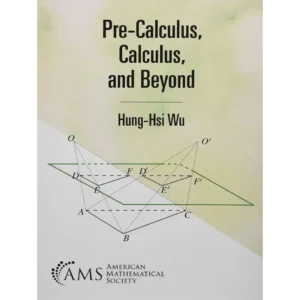
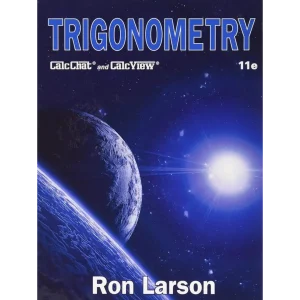


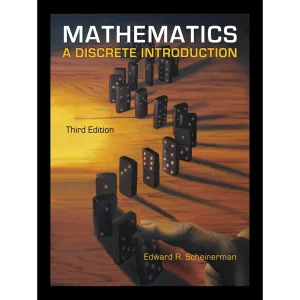

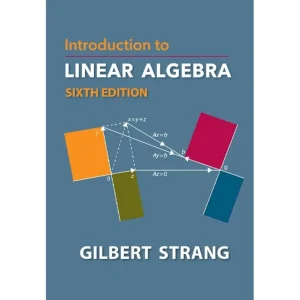
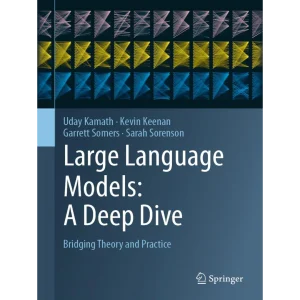
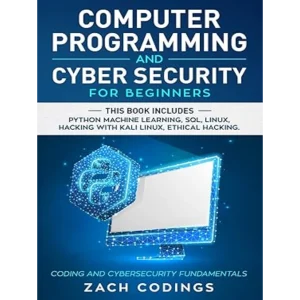
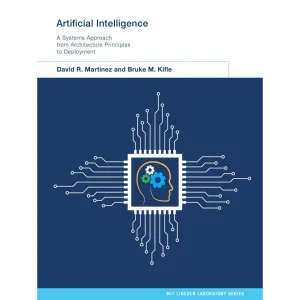
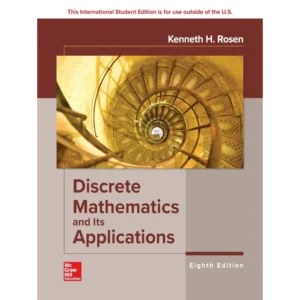
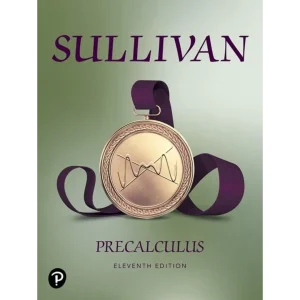

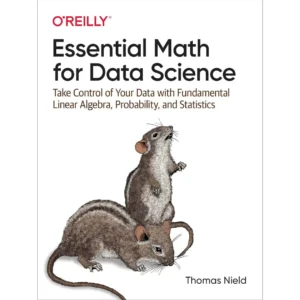
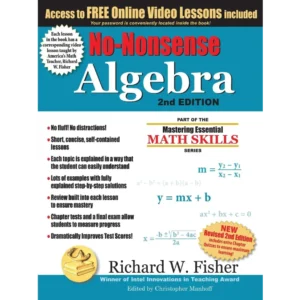
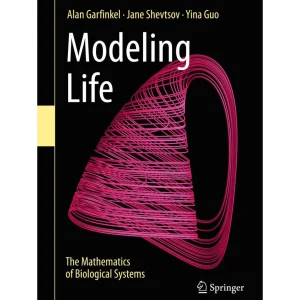

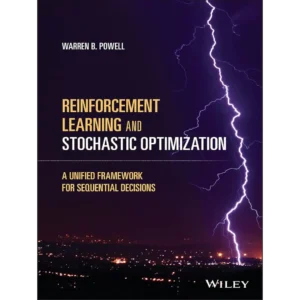
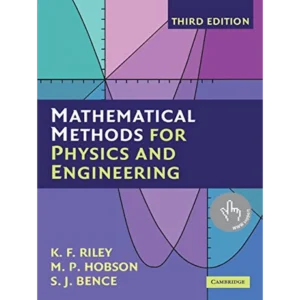
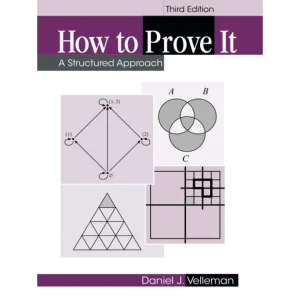
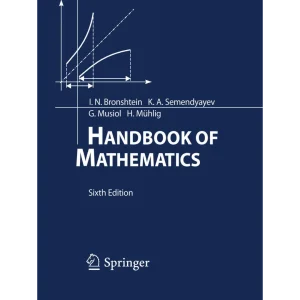

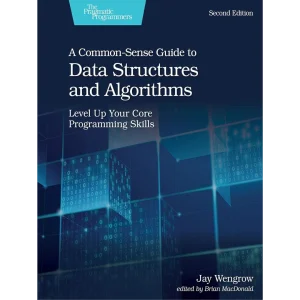
Jump –
This is a very well written book. Does a good job of reviewing the fundamental concepts and also hitting on advanced topics, has well chosen examples and problems, and is clearly organized and written.
This is a good choice for a computer scientist who is getting into statistics for the first time or needs a refresher. It would also be a very good choice for self study.
The level of this book is approximately that of “Pattern Classification” (also a good book) or the slightly more advanced “The Elements of Statistical Learning” (which I would not recommend).
Minh Quoc Nguyen –
The text book is small but the content is very concise as stated in the title. The good point is that it does not cover everything which may make the book hard to read and hard to follow. Instead, it just introduce the important and fundamental concepts necessary for learning statistical inference. It’s good for reference purpose.
Bruce G. Lindsay –
I have not read every section, but have found that it is a nice place to get a quick summary of the main results in some of the more outlying regions of statistics. I would not use it for a course because of its brevity, but I have recommended it to my class of future statisticians as a nice capsule reference book.
Alexander C. Zorach –
This book is essentially a summary of the major theoretical topics in statistics, at an introductory level. The focus is on theory, not on data analysis or modeling, but there are more connections to data analysis and modeling than is typical among books on the same topics. The main flaw in this book is not that it does anything poorly, but rather, that it omits a lot.
The book is very balanced in its coverage of different topics, its discussion of the frequentist vs. Bayesian paradigm, etc. It mentions parametric and nonparametric inference, including hypothesis testing, point estimation, Bayesian inference, decision theory, regression, and even two different approaches to causal inference. The book also paints a fairly whole picture of how the different topics relate to each other and fit into a unified theoretical framework. Another huge strength of this book is that it always omits unnecessary technical details, including only streamlined discussions highlighting essential points.
The main weakness of this book is that certain topics are only brushed upon and not adequately explained. The first two chapters are deep enough for students to get a more or less complete understanding of the important ideas (assuming they do the exercises). But, for example, the 4th chapter covering inequalities is simply a collection of equations and formulas: the text explains how to use them, but not where they come from or what their intuitive interpretation is. This problem arises throughout the book but it is most evident in chapter 4. I want to remark, however, that this problem is widespread in statistics textbooks, and this book is still less lacking in this respect than is common among typical texts.
I’m not sure this book makes the best textbook. In my opinion most students would benefit from a text that offers more explanation of the meaning and driving ideas behind theory. However, I like the way this book gets to the main points quickly and omits confusing and tedious details and irrelevant tangents. This book may be good for students who are briefly studying statistics and will never take a future course. This book is useful as a very basic reference, but I think its best use is for self-study–advanced students will find it one of the quickest and best ways to get an overview of most of the fundamental topics in theoretical statistics.
Honestly, I think Wasserman is an outstanding writer, and part of me wishes he would expand this book to the scale of something like Casella and Berger’s “Statistical Inference”, covering more material and adding more discussion of certain topics, but retaining the style of being to-the-point and omitting tedious details. I think this is one of the best books of its type out there but I refrain from giving 5 stars because I think Statistics is one area where most of the 5 star books have not yet been written.
Michael R. Chernick –
J. Zhao –
a lot of examples, easy to read, cover a lot of content
very useful book
Daniel G. Nolan –
I’m taking a first year graduate course in statistical inference at UC Berkeley, for students who lack the presumed advanced undergraduate prep in statistics. I ordered the book in advance and used Part I to brush up on probability (my only prior exposure to probability was auxiliary to quantum mechanics, and during actuarial exam prep, which is at a slightly lower level as it doesn’t involve asymptotic theory). Part I plus chapter 6 unified a lot of concepts, and provided me with a solid, big-picture view of probability and statistics. I come from a pure math background, so I sometimes find Wasserman’s liberal use of notation a little dizzying. I also wish he would’ve added significantly more remarks in the appendices about the measure-theoretic underpinnings of the subject. For example he could have merely OUTLINED some proofs (of theorems that are otherwise taken for granted) without compromising the application-oriented tone of the book. Having said all that, this book still seems like a good starting point for those who are interested in USING statistics e.g. actuaries or research scientists, (not for those who plan on doing research in theoretical statistics).
numb908 –
Excellent book but particularly if you’re already familiar with basic stats 101 and want a high level understanding of where to go from there. There are lots of references after each chapter to lookup for greater depth. The author builds intuition rapidly and the book is well organized for easy skimming and re-read points of interest. This will be near my desk for years. Very practical!
Grue –
This is a good overview of basic topics in statistics. The book isn’t long, but the topics are chosen well. For instance, the third chapter on statistical inference is on bootstrapping. Bayesian statistics, causal inference, graphs, non-parametric statistics, and MCMC methods are all worthy subjects which Wasserman covers but are often omitted in other introductory texts.
I like this book much better than Casella and Berger—it is clearer and the subjects are chosen better. But like Casella and Berger, it is meant for someone already very familiar with math (don’t buy this book if you’ve only taken 3 math classes).
J. Richardson –
Good book to use as a reference, not a great learning book but good if you have a base knowledge or need to come back and get clarification.
Liang Sun –
This book is an excellent book for the people who want to know statistics in a short time. It covers many important topics in statistics and is very useful for the people in machine learning. The only disadvantage is that some proofs are skipped or shortened, and I have to resort to other books for detailed proof. Exercises are good. Don’t skip them if you really want to know some mathematics.
M. D. Edge –
I used this book as part of an introductory graduate level mathematical statistics course at UC Berkeley. It’s a rather interesting idea – this one book aims to provide the ingredients necessary to understand probability theory, statistical theory, and many commonly used techniques from applied statistics.
The book succeeds admirably in its purpose. You wouldn’t want it to be the only statistics book in your collection (though if you *had* to pick just one, it wouldn’t be a bad choice), but I frequently use it for two reasons:
1) to refresh my memory of the basic ideas in some subfield that I haven’t thought about in awhile.
2) to orient myself to an area I’ve never learned anything about before diving into a source with more detail.
For both these purposes, this book provides just the right amount of depth, taking you through the most basic results and most important concepts without getting bogged down in minor points. Reading this book is like standing on top of a mountain with a 360 degree view – the big picture is brought into relief partly because some of the details are left obscure.
One note on a use to which this book should not be put: I wouldn’t use this book as an introduction for those interested in self-study. If you have a teacher to flesh things out for you, it’s great, but you may come out with a somewhat skeletal understanding if you rely strictly on this book.
Hossain Pezeshki –
This book is valuable for practitioners as well as students of mathematical statistics.
The material is very perspicuously presented. The occasional ungrammatical sentence can be forgiven, given the width of the scope undertaken by the author.
Marcus –
Book arrived quickly and in perfect condition. In terms of the material wasserman is very concise so this book needs another book or lots of googling along with it to com
Ronald P. –
The book presents an ultimate introduction to statistics with references to the literature for the interested reader. Unfortunately, there are many (typographical) errors in formulae that make the text somewhat hard to read, and the erratum available online does not cover all of the errors still present in the second edition.
mikepol –
This book gives an overview of classical statistics, with an introduction to more modern methods of robust estimation and machine learning. I would say the contents are more focused on practical methods, but the author is always careful to state the necessary theorems from the underlying mathematical foundations of each method. Most of the theorems are stated without proof, although almost each chapter is followed by a short appendix giving some more technical details. Providing a proof for each theorem would take a lot of space and would detract from the applied aspects of this book. What I like is that each chapter has a nice list of references, so an interested reader could go on and explore each subject in more depth with all the mathematical details they need.
The subjects covered is a compromise between the practical side of classical statistics and the modern methods of machine learning. They include convergence, the delta method, point estimation, hypothesis testing and confidence intervals, bootstrap, regression, non-parametric estimation, orthogonal functions, classification, graphical models, and monte carlo for integral evaluation. There is some bayesian estimation, but mostly the book follows a frequentist approach.
I think that this book would be useful only for someone already familiar with classical statistics. It could serve as a good modern reference on statistics and an overview of some methods from machine learning. I do not think that this book is a good source for first exposure to these ideas. Someone should first go through a standard statistics book, such as for example Casella & Berger or Bickel & Doksum. Then this book could server as a “crossover” from that classical material to the modern methods of machine learning. After that the reader can go on to explore machine learning literature on their own, using this book as a guide.
There are a small number of typos throughout the book. They pick up in chapter 22 on classification, where there are some typos in important equations, for example equation 22.21 on Fisher discriminant and the formula for epsilon in theorem 22.17. But overall I had a very positive experience reading this book. It helped me review some stuff I already learned, showed some new applications, and introduced some topics which I look forward to exploring further.
M. D. HEALY –
Most books at the level of this one focus on classical procedures that were in common use decades ago. To learn about newer techniques, one therefore usually must read multiple specialized works — each rather narrowly focused on a particular domain or category of tools. I have not seen any other general statistics book that covers so many modern statistical methods.
Tach –
I’m not finished with the book but find it very readable and helpful. I was a little disappointed to receive the book and notice that there was a problem with its binding. It wasn’t enough of a problem for me to want to return the book, but annoying nonetheless.
David S. Rosenberg –
A brief note about the book: I quite like it. I’m planning to teach from it.
A Customer –
Comprehensive, a little too formal and terse perhaps but worth the money.
Carlos Contreras –
Really good book for theoretical statistics, really actualized, and complete. I’m using it for my inference class, which I just started (thus my review might change as the term passes). The content is broad and concise. They skip the really long proves that you can find in most of the books, which makes a to of sense to me.
John –
It has helped me so far with my need for probability reference material. It looks like it has more advanced statistical inference material that I may need to reference in the future.
Collin –
This text covers a lot of material in a relatively small book, but the material is very rich and well-written. This is a must-have for those studying statistics.
Math Customer –
This is the first book I pull down from the shelf when I need a refresher or I am working through some concept and feel like I am missing some foundation somewhere. Also have used it as supplemental text in self-instruction in a wide variety of areas. The explanations are practical, well-written and the notation supports the explanations (instead of the other way around). Lots of concepts that I have wrestled with in other texts finally clicked for me after reading the write-up in this book. Can’t recommend it highly enough.
Paulo Cysne Jr –
This book covers a lot of material, including bootstrap, parametric inference, multivariate models and casual inference, in a concise way with mathematical language. It isn’t recommended for people without a background in calculus and it is more suitable for graduate students in computer science, as the author mentions in the preface. The conceptual comparisons with machine learning and data mining are usually wrong, for example when the author states that “estimation” in statistics is the equivalent of “learning” in data science. It works well as a reference, but the book moves too quickly to be the first text.
Mathematical foundations Pahl –
very good book indeed
SK –
I don’t think it can get better than this.
Steven M. Anderson –
Wonderful overview of mathematical statistics. great resource for looking things up when you need them.
Karl Rosaen –
I’ve spent a lot of time with this book, reading through and working through each example. I’ve also found problem sets and solutions on the course website for CMU’s intermediate stats course that is taught by the author and uses this text (36-705 Intermediate Statistics). Despite what some reviewers say about this book being too dry or lacking background intuition, I still think this is a good book to have if you wish to work through topics in probability all the way up to statistical inference (my goal is to understand this stuff well enough to grok the theoretical underpinnings of machine learning). My advice for getting the most out of this book is to take it very slowly and to work your way through every example. To give you an idea of the pace: I’ve spent about 3 months part time working through the first 4 chapters. I also recommend cross referencing material when the examples provided are insufficient to understand the material. I’ve found that they are sufficient about 60-70% of the time. That is ok with me, as I don’t have a hard time googling to find supporting examples or materials. At the beginning I took it particularly slow. The idea of random variables was hard to wrap my head around. It’s ok though, there are a ton of resources online taking different approaches to explaining the concept. And once it clicks, it’s great to come back to the concise theorems of probability laid out in chapter one and continue on. If the book took the time to explain the intuition behind every concept, it would be 2000 pages long.
So this book isn’t magic. You won’t be able to breeze through it and understand “all of statistics” in a few weeks. But it provides a comprehensive roadmap into key topics, theorems and examples—the best I’ve found anywhere—and when the book is lacking in explanation or examples, there are easily googleable terms to find more.
In case anyone finds it helpful, I’ve collected quite a few resources on studying probability and statistics here: (…)
Tom Dennis –
This is hands-down the best book on statistics I have ever come across. It doesn’t get bogged down in unnecessary mathematical detail, nor does it patronise the reader with trivial examples. Somehow the author manages to communicate concepts intuitively and efficiently, without seeming dry. If you are looking for a swift and clear way to learn statistics, this is the book for you.
Disclaimer: this book is aimed at advanced undergraduates and beginning graduate students who are looking to learn some statistics for application in computer science. If you are a hard-core mathematician, you are likely to find it frustratingly non-rigorous. Likewise, if you are an untrained scientist, you may find the mathematical style alien. But if, like me, you are a theoretical physicist, the material is refreshingly light, the approach is pleasingly logical, and unnecessary calculations are left to the reader – a perfect balance for serious study.
Cliente de Math –
Apenas he terminado la parte de probabilidad (alrededor de la pagina 80), y hasta ahora el contenido me ha parecido muy bueno; lo primero que note que me llamo la atención fue la cantidad de información que el libro contiene en apenas unas paginas, no da rodeos y en mi perspectiva explica las cosas de una manera muy clara, lo que si se tiene que tener en cuenta es que se necesita un conocimiento previo de matemáticas decente , en especial se necesita poder entender calculo, álgebra, formalismo matemático y algo de álgebra lineal.
Milton Raimundo –
I like the book a lot and fits perfect in what I am working! Thank you…
Math Customer –
I am satisfied
Rabento –
excellent manuel
kathleen gatliffe –
I got this book to supplement a graduate class in statistics (our main text was Casella and Berger). It is very approachable and easy to read. It didn’t cover as much as our main text but every time I referred to it I understood much better.
Linxing –
Clearly written content with a lot of examples. 5/5
Linda L. Wendt –
Satisfied
Eduardo T. –
Great book on statistics, the delivery take time but whort it, the book is in very good condition
Vadivel –
Got it really good condition.
Eduardo Cueto-Mendoza –
Excellent condition!
Gergely Kovács –
A concise and well balanced book amalgamating theory and applications. Great and clear examples for application of the theory and exercises to grow more in depth understanding.
Mark Saroufim –
Whenever there’s some concept in statistics I’m fuzzy on, this is the book I come back to for extremely short and clear explanations and proofs.
Loli Yera –
Es un libro complejo . Pero era lo que quería genial
Nash –
Bon livre, l’essentiel y est.
Cependant devant la masse d’information, les explications sonr succintes.
Ce n’est pas un livre pour apprendre les stats, mais pour revoir ou faire un point.
LostInTokyo –
Our first exposure to statistics involves summary descriptive statistics like mean, mode, median, variance, and skew. These concepts are usually taught in grade school as we only need to know arithmetic to do the calculations. Unfortunately, the other, larger and more important part of statistics, statistical inference (where we estimate parameters of statistical distributions aka statistical modeling), requires multivariate calculus for maximum likelihood estimation. Linear algebra is needed for linear regression and handling multivariate models – up to Gilbert Strang’s Introduction to Linear Algebra is sufficient. Random variables and conditional probabilities are needed from probability. Due to a myriad of requirements, it’s difficult to get a solid foundation in statistics without all these prerequisites in place. This means we can’t learn statistics all at once – we get a brief exposure in grade school and don’t come across it again until late undergraduate studies.
Now, it’s possible to learn statistics from a business or social science class, but without derivations, I don’t feel like I have a solid understanding or appreciation of the subject, so I rapidly lose interest. I’ve had all the requisite classes in engineering school decades ago, but lacked the interest to plow up to and through statistical inference. This lack of preparation makes it more difficult understand advanced topics beyond statistics like stochastic calculus and convex optimization. Now, I don’t need a rigorous mathematician’s understanding of statistics all the way down to measure theoretic and sigma-algebra, but I need more than business school level coverage. The mathematical depth taught in engineering school or computer science class would be appropriate.
Wasserman fits the bill. He does an exemplary job of building up statistics from those basic foundations all the way to statistical inference/modeling. Wasserman breaks up the textbook into three sections: Probability, Statistical Inference, and Statistical Models and Methods. In the last few chapters, he goes into all the modern tools of classification used in machine learning: Gaussian and linear classifiers, linear and logistic regression, LDA and logistic regression, trees, SVM, kernelization, and much more. If I could only select one textbook on statistics, Wasserman would be it – with this foundation in statistics, one can begin to understand and appreciate more advanced topics. Machine learning will actually make more sense, from a mathematical context.
Of course, some readers will feel that they need more elaboration, but with the availability of today’s resources, it’s easy to find additional sources, from YT videos to Wikipedia. The important thing is, Wasserman will give you a solid foundation to understand advanced topics. It is, by far, my favorite statistics textbook.
Cliente de Math –
Libro introductorio que no abandona la formalidad con la que se debe aprender estadística.
Dan N. –
Bought this for my Machine Learning class and I didn’t open it once. The book came on time and in great condition though! It makes a phenomenal paperweight!
Math Customer –
Received the book in brand new condition. Very useful for learning statistical inference.
A –
For those without previous statistics education, it is a little hard to understand.
Math Customer –
Indian edition came out in 2008-09, no more available. But this one is reprint from 2004 on glossy paper, US edition lookalike. Author is into Statistics and Computer Science at Carnegie Melon University. Book is a primer : as one moves from Statistics to Machine learning. Recommended ..
Harold –
The book covers a lot of material and gives pretty clear explanations. I would only like it to bring some proof of the theorems and not only state them.
Jonas –
Inhaltlich wurde mir das Buch empfohlen. Ich habe es allerdings noch nicht durchgearbeitet, also kann ich es nicht abschließend bewerten.Als das Buch (wohlgemerkt bei einem Preis von rund 50€) bei mir ankam, war es in einem lächerlich schlechten Zustand. Die Seiten waren wie mit einer stumpfen Klinge geschnitten und entsprechend unterschiedlich lang und leicht zerfleddert. Der Druck war obendrein schlecht und es fehlten das ganze Buch hindurch Teile von Buchstaben, dem Text sah man auch sonst den sparsamen Druck an.Dann hab ich’s zurückgeschickt und eine neue Version zugeschickt bekommen. Diesmal war es immerhin nicht abgrundtief schlecht, weswegen ich diese Version behalten werde, aber auch hier wirkt es schlecht verarbeitet. Die Seiten sehen schlecht am Buchrücken befestigt aus und außen am Buch sind Tintenstriche, die sich über mehrere Seiten ziehen. Eigentlich absolut lächerlich, aber es kommt ja auf den Inhalt an und hiermit kann ich wenigstens arbeiten.In beiden Fällen kam das Buch übrigens in einer unbeschädigten Verpackung.
Victoria K. –
This is a great book to cover a lot of statistics as concisely as possible. As such, it is very dense, so prepare for that, but it really is a great book to learn from!